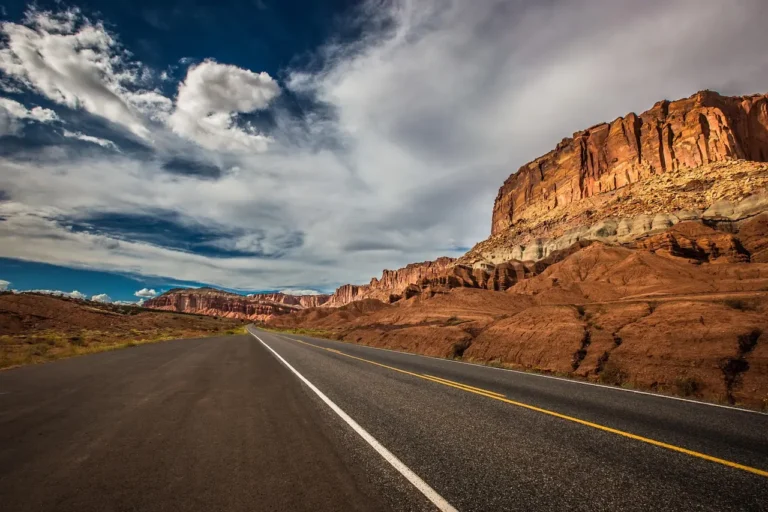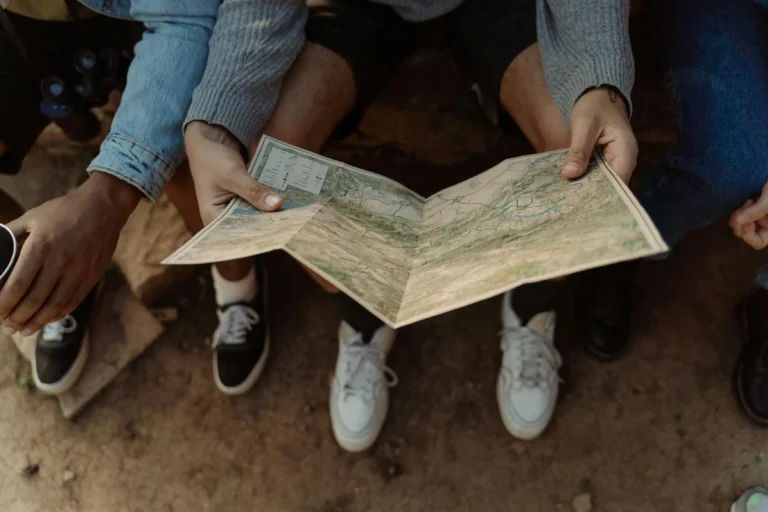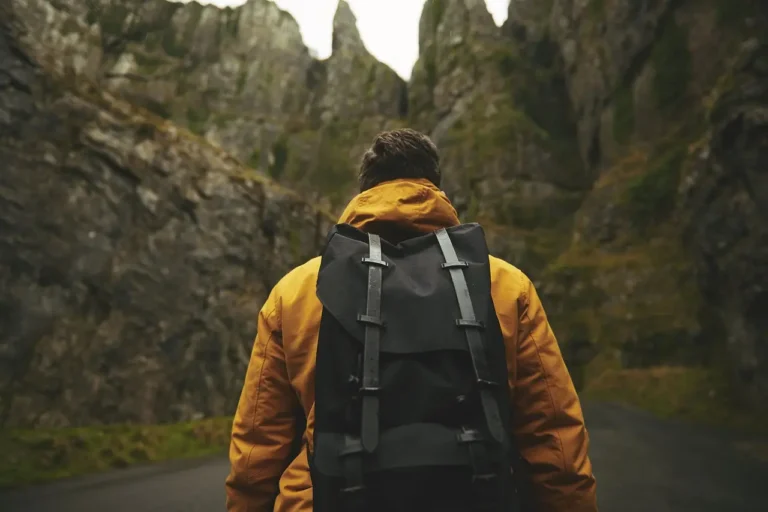Itinerary Planning: The Ultimate Guide to Stress-Free Travel
Table of Contents
Ultimate Itinerary Planning: Your Guide to Stress-Free Travel
When it comes to planning a trip, the excitement can often be overshadowed by the stress of organizing details, especially when you’re trying to balance must-see attractions with personal downtime. But what if you could avoid the chaos and make your journey as smooth as possible? That’s where effective itinerary planning comes in.
In this comprehensive guide, we’ll walk you through the essentials of creating a stress-free itinerary that aligns with your interests, budget, and timeline. Whether you’re traveling to a bustling city, a remote village, or a pristine national park, proper planning ensures you make the most of your trip, so you can focus on creating memories instead of scrambling for your next move.
What Is Itinerary Planning and Why Does It Matter?
Defining Itinerary Planning
Itinerary planning is the art of organizing your trip, from the moment you leave your doorstep to the time you return. This process involves mapping out transportation, accommodation, activities, meals, and relaxation time, ensuring you strike the perfect balance between exploration and downtime.
Without a solid plan, travelers often find themselves overwhelmed by last-minute decisions, wasted time, and the stress of missed opportunities. With a well-crafted itinerary, you’ll experience your destination in a way that’s both enriching and enjoyable.
Key Elements of a Perfect Travel Itinerary
1. Transportation
Getting from point A to point B can be one of the most stressful aspects of traveling, but with good planning, you’ll avoid unnecessary delays and complications. Your itinerary should include details such as:
- Flight Details: Departure times, baggage allowance, and layovers.
- Local Transportation: Consider how you’ll get around once you’ve arrived. Will you need to rent a car? Are public transport options available, or would it be easier to rely on rideshare services?
2. Accommodation
Ensure your accommodation aligns with your travel goals. Do you prefer staying in a luxury hotel, or would you rather explore through Airbnb or hostels? Your itinerary should clearly list booking details, check-in times, and any potential transportation needed to reach the accommodation.
3. Activities
The backbone of any itinerary is the activities you’ll engage in. This includes everything from exploring landmarks to relaxing at local beaches. But remember, don’t over-schedule yourself! Make sure you include time for spontaneous exploration and moments of rest.
4. Downtime
While it might seem counterintuitive, downtime is just as important as sightseeing. Overloading your schedule can lead to burnout. A few hours to rest, people-watch in a café, or enjoy a local meal can be just as rewarding as any planned activity.
Building a Flexible Schedule
Why Flexibility Matters
One of the most important aspects of itinerary planning is flexibility. While it’s great to have a schedule, it’s essential that you leave space for unexpected experiences. Perhaps you’ll stumble upon a hidden café or decide to spend extra time at a breathtaking viewpoint. A rigid schedule can make you feel rushed, so allow yourself the freedom to adjust on the go.
- Pro Tip: Aim for a loose itinerary. Schedule main activities like museum visits or excursions but allow plenty of space for exploration. This will give you the chance to enjoy the unexpected without feeling stressed.
How to Budget Your Trip
Estimating Your Travel Expenses
When planning your trip, a clear budget is essential. It’s easy to get swept away by the excitement, but without a set budget, you might end up spending more than you’d like. Consider:
- Accommodation Costs: Research different options based on your budget. Are you staying in hotels, hostels, or renting apartments?
- Dining: Factor in the cost of meals. Will you eat out for every meal, or will you cook some of your own food?
- Activities: Set aside funds for museums, tours, and special experiences like hiking guides or spa days.
Here’s a simple cost breakdown for a 7-day trip to Paris:
| Expense | Estimated Cost |
|---|---|
| Accommodation | $700 |
| Food & Drink | $350 |
| Transportation | $150 |
| Activities | $400 |
| Miscellaneous | $100 |
| Total | $1,700 |
Iconic Travel Destinations You Can’t Miss
Top 10 Must-Visit Destinations
There’s no shortage of incredible places to explore, but choosing the right destinations for your trip depends on your interests. Here’s a list of 10 must-visit places across different categories:
- The Great Wall of China – A marvel of ancient architecture, this is a must-see for history buffs.
- Kyoto, Japan – Stunning temples, gardens, and traditional tea ceremonies.
- Machu Picchu, Peru – An adventurous trek leading to the Lost City of the Incas.
- Iceland – A land of dramatic landscapes, from geysers to glaciers.
- Paris, France – Romance, art, and cuisine await in the City of Lights.
- New Zealand – A paradise for adventure seekers and nature lovers alike.
- Venice, Italy – A charming, historic city known for its canals and architecture.
- Cape Town, South Africa – Natural beauty and rich culture in one destination.
- Santorini, Greece – Spectacular sunsets and stunning cliffside views.
- Banff National Park, Canada – Ideal for nature enthusiasts with its lakes and mountains.
Nature’s Wonders and Hidden Gems
Exploring National Parks and Pristine Wilderness
Some of the most breathtaking destinations are often found in national parks and remote wilderness areas. These places offer unspoiled beauty and a chance to reconnect with nature. Consider these lesser-known spots for a more tranquil travel experience:
- Zhangjiajie National Forest Park, China – The inspiration for Pandora in Avatar, this park features otherworldly pillar-like mountains.
- Tierra del Fuego, Argentina – A remote, uncharted landscape of forests, glaciers, and wildlife.
Hidden Beach Getaways
If you prefer the sand between your toes but want to avoid the tourist crowds, these beaches are perfect for relaxation:
- Punta Allen, Mexico – A quiet, peaceful escape in the heart of the Riviera Maya.
- Playa Culebra, Puerto Rico – A secluded beach with crystal-clear waters, perfect for unwinding away from the crowds.
Travel Innovations and Trends You Should Know
The Rise of Sustainable Travel
Eco-conscious travelers are seeking ways to minimize their carbon footprint while still exploring the world. From green accommodations to eco-friendly transportation, sustainability is becoming a key factor in itinerary planning.
- Green Travel Tips:
- Stay at eco-lodges or hotels with sustainability certifications.
- Opt for trains or buses instead of flights for shorter trips.
AI and Personalized Travel Planning
Artificial intelligence is revolutionizing travel planning, offering apps and websites that tailor itineraries based on your preferences, past travels, and real-time data. Apps like Google Trips or TripIt can help you create a custom itinerary based on your ideal destination, activities, and even budget.
Surprising Cultural Practices and Traditions Around the World
How to Experience Local Culture Without Feeling Overwhelmed
Many travelers seek authentic cultural experiences, but navigating local traditions can be tricky. Here’s how to embrace the best of every culture while respecting its customs:
- Attend Local Festivals: Participate in celebrations like Diwali in India or Oktoberfest in Germany to gain deeper insight into the culture.
- Engage with Locals: Whether through a cooking class or guided walking tour, interacting with local experts enhances your travel experience.
Conclusion
As you set off on your next adventure, remember that itinerary planning is the key to a stress-free trip. A well-crafted itinerary not only ensures that you visit the must-see spots, but also allows you the flexibility to discover new places, enjoy spontaneous moments, and create unforgettable memories.
So, what are you waiting for? Start planning your dream trip today and explore the world with ease!
FAQs
Q: What are the best apps for itinerary planning?
A: Popular options include Google Trips, TripIt, and Roadtrippers, each offering unique features for different types of travelers.
Q: How can I create a travel itinerary that’s flexible but organized?
A: Focus on planning your key activities, leaving room for spontaneity, and allowing for ample downtime.
Q: What are the benefits of planning ahead for a trip?
A: Planning ahead ensures a smoother experience, saving time and stress, while allowing for a more immersive and enjoyable trip.





